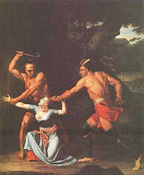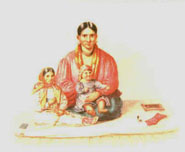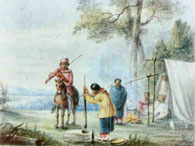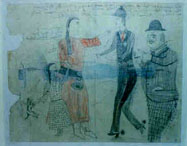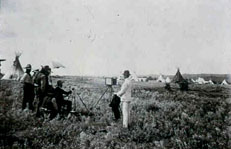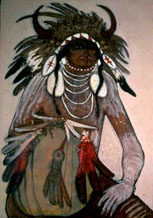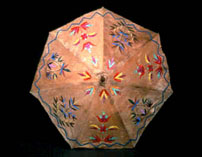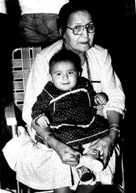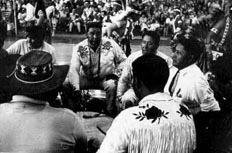|

How might the stories about Native people told in American history textbooks be different if images such as these were included? Listen to Professor Fred Hoxie talk about the images on this page...including the one above.
Including such imagery complicates the story that historians tell...but they enrich it as well. They force readers and students to recognize that history is far more complicated than we generally recognize...and that Native American people do not fall quite so readily into the category of "savages" as a century of textbook authors have implied.
|
| |
Department
of Anthropology |
copyright © 2002
University of Illinois, All rights reserved. |

